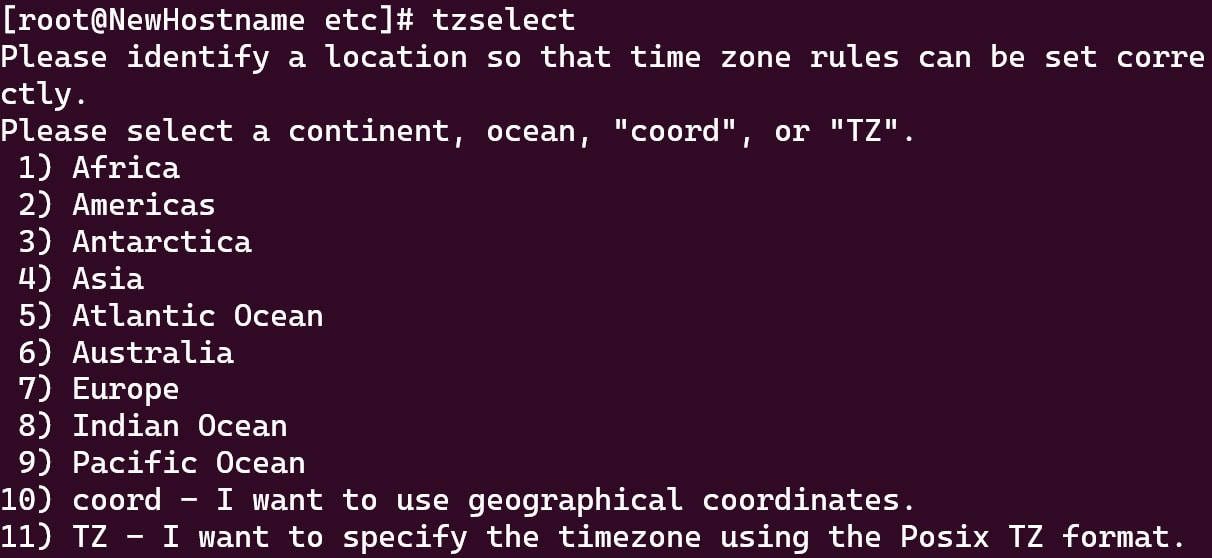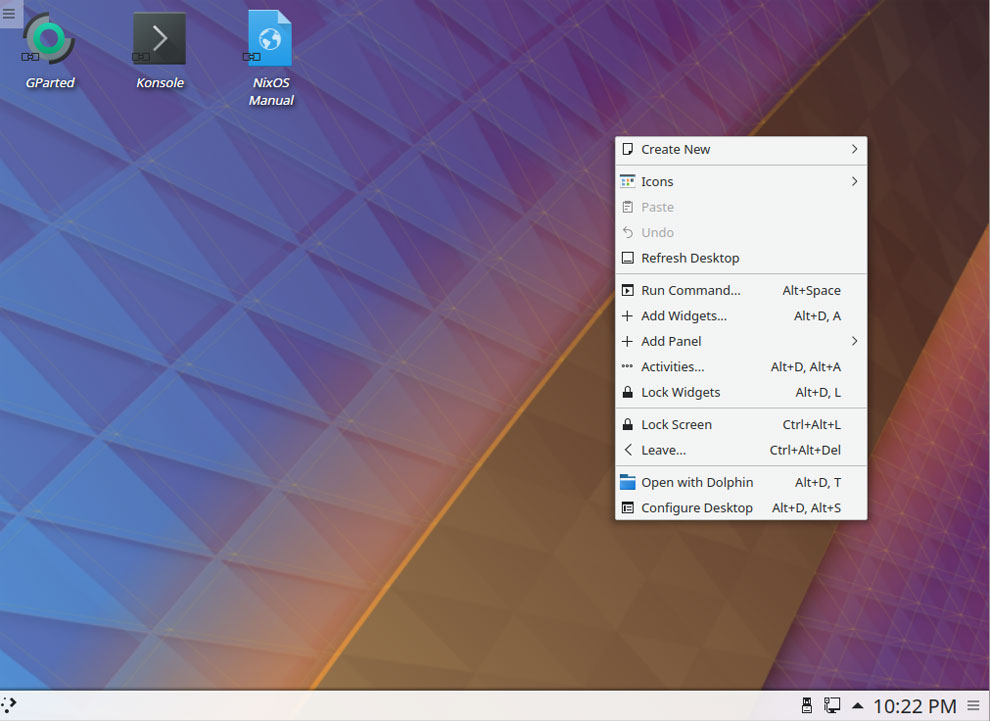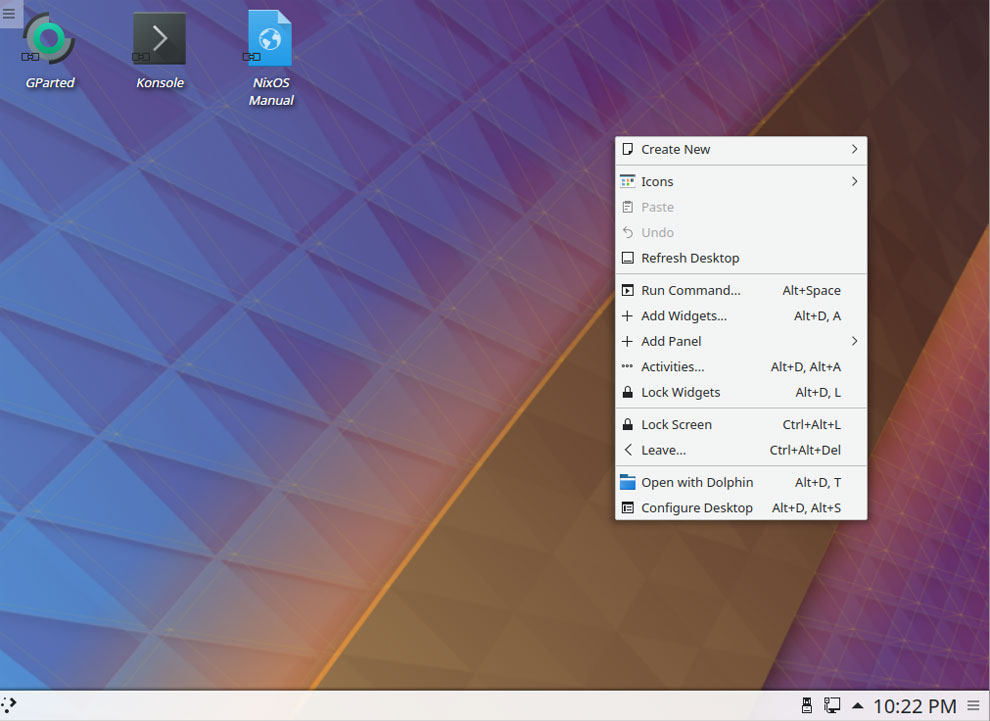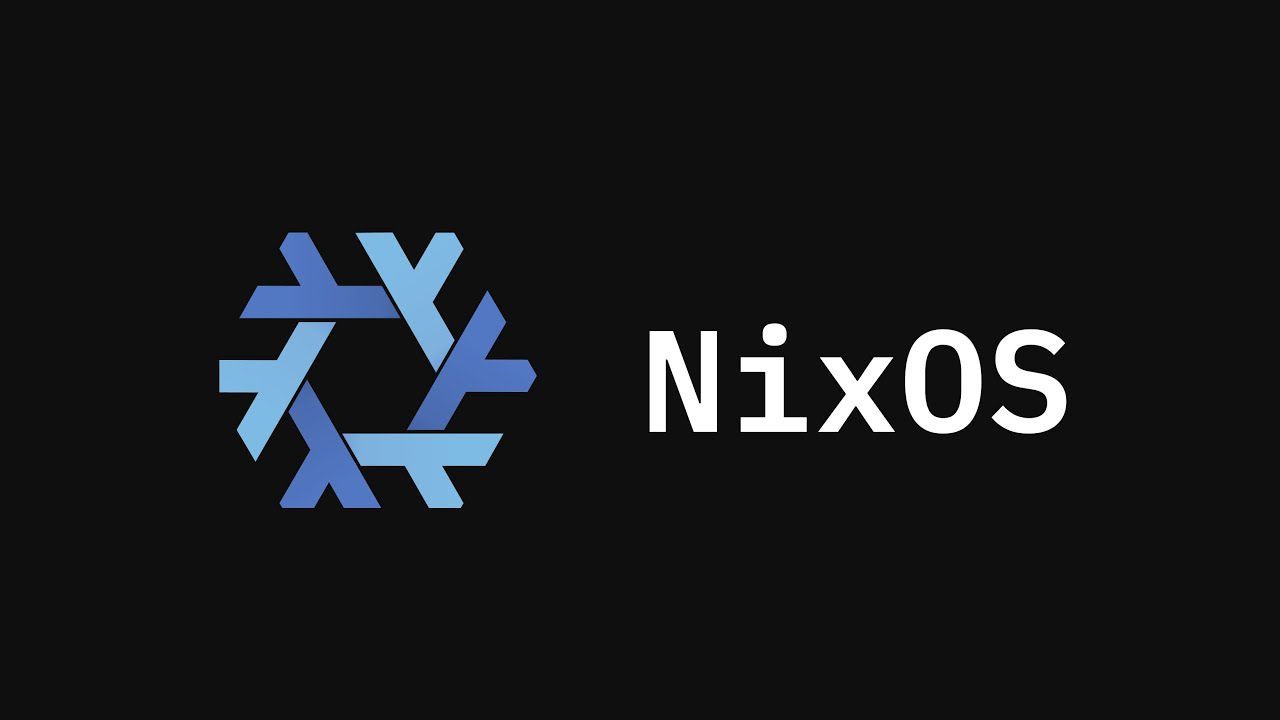
The Evolution of Operating Systems: A Deep Dive
In the ever-evolving landscape of operating systems, the debate between Windows and Linux has been a longstanding one. Each system has its unique strengths and weaknesses, catering to different user preferences and needs. Let’s delve into the history, features, and future prospects of these two giants in the OS realm.
A Historical Perspective
Windows, introduced in 1985, marked a significant milestone in the world of personal computing. On the other hand, Linux emerged in 1991 as an open-source alternative, fostering a community-driven approach to software development.
Diving into Distros
Linux’s open-source nature has led to the proliferation of diverse distributions, each tailored to specific user requirements. In contrast, Windows has maintained a consistent core architecture while incorporating new features over time.
Installation and Usability
Windows boasts a user-friendly installation process, appealing to novice users with its simplicity. Conversely, Linux installations can be more intricate, demanding technical expertise for setup and configuration.
Software Ecosystem and Compatibility
The abundance of applications designed for Windows ensures seamless access to a wide array of software, minimizing compatibility concerns for users. Linux, with its versatility, offers a platform for customization and innovation.
Security and Support
Linux’s robust security framework, attributed to its open-source model, facilitates rapid bug detection and resolution. Windows, on the other hand, provides comprehensive support services, aiding users in troubleshooting and issue resolution.
Performance and User Experience
Linux’s reputation for efficiency and speed positions it as a top contender for users seeking optimal performance. Windows, known for its intuitive interface, caters to a broad user base with diverse preferences.
The Verdict
While Windows remains a popular choice due to its user-friendly interface and extensive software library, Linux’s flexibility, customizability, and enhanced security posture make it a compelling option for tech enthusiasts and security-conscious users.
Embracing the Future
As Linux steadily gains traction in the desktop market, challenging the dominance of Windows and macOS, the year of Linux on the desktop draws closer. With a growing user base and expanding ecosystem, Linux is poised to redefine the landscape of everyday computing.
Conclusion
The dynamic interplay between Windows and Linux underscores the continual evolution of operating systems, shaping the digital experiences of users worldwide. As technology advances and user preferences evolve, the competition between these two giants fuels innovation and drives progress in the realm of operating systems.















